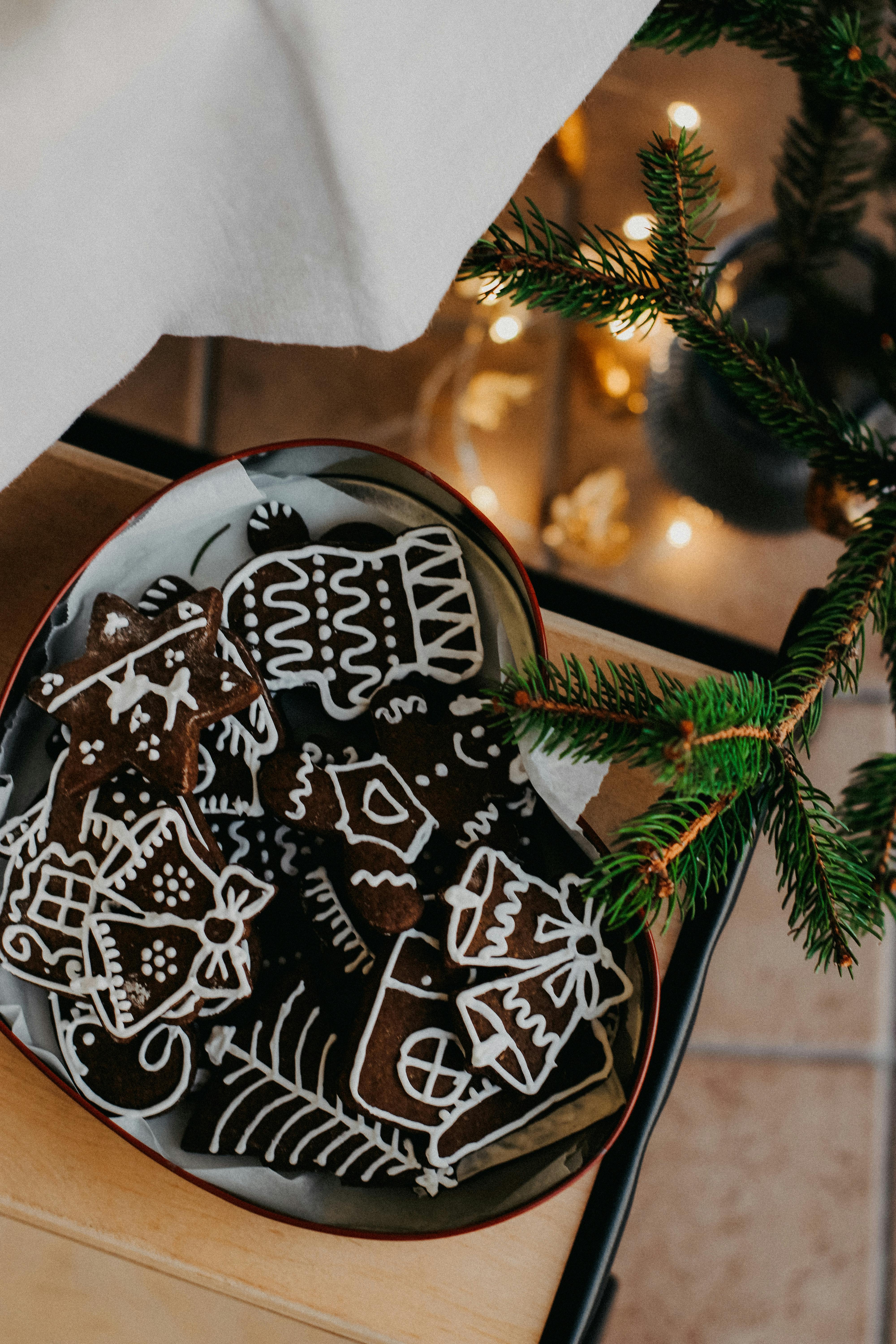Are you a bird enthusiast looking to attract starlings to your backyard? Look no further! This article will provide you with a list of the top 3 foods that will keep starlings coming back to your feeder. Whether you prefer seeds, suet, or nectar, there is a delicious option for every starling. With the help of trusted brands like Kaytee, Perky-Pet, and Droll Yankees, you can create a chirping haven for these beautiful birds. So, get ready to welcome the starlings and watch them flock to your feeder!

Understanding Starlings Diet
Starlings are known for their diverse and adaptable diet. Understanding their natural diet and preferred foods can help you attract these birds to your yard and provide the necessary nutrition for their overall health. Additionally, the diet of starlings can vary throughout the year, so it’s important to be aware of these changes in order to provide the right foods at the right times.
Natural Diet of Starlings
In their natural habitat, starlings feed on a wide variety of foods. Their diet consists of insects, grubs, worms, and various types of fruits and berries. These foods provide them with essential nutrients, proteins, and fats to support their energy requirements and reproductive needs.
Preferred Foods of Starlings
Although starlings have a diverse diet, there are certain foods that they prefer over others. Insects and other invertebrates are highly sought after by starlings, especially during the breeding season when they need protein-rich foods for themselves and their young. In addition to insects, starlings also enjoy feasting on berries, fruits, and seeds.
Changes in Diet throughout the Year
The diet of starlings can change throughout the year, depending on the availability of certain foods. During the spring and summer months, when insects are abundant, starlings rely heavily on this protein source to meet their dietary needs. As fall approaches, the availability of insects decreases, and starlings start to shift their focus towards fruits and berries. In the winter, when food becomes scarcer, starlings rely on seeds and grains as a primary source of sustenance.
Top 3 Foods for Starlings
If you want to attract starlings to your yard, it’s essential to provide them with their preferred foods. Here are the top three foods that starlings love:
1. Insects and other Invertebrates
Insects and other invertebrates are a staple in the diet of starlings. Providing them with a reliable source of insects can greatly enhance their visits to your yard. Consider creating a bug-friendly habitat by incorporating plants that attract insects, such as butterfly weed or milkweed. Additionally, you can purchase live mealworms or dried insects to supplement their diet.
2. Berries and Other Fruits
Starlings have a particular affinity for berries and fruits. Planting fruit-bearing trees and shrubs like mulberry, blackberry, or elderberry can attract starlings to your yard. You can also offer them fresh or dried fruits like grapes, cherries, or apples. Just make sure to remove any pesticides or chemicals from the fruits before serving them to the birds.
3. Seeds and Grains
During the fall and winter months, starlings rely heavily on seeds and grains. Providing them with a variety of seeds, such as sunflower seeds, millet, or cracked corn, can keep them well-fed and satisfied. Make sure to offer these foods in suitable feeders to prevent other species from consuming them.

Selecting Quality Bird Foods
When choosing bird foods for starlings, there are several important factors to consider. By selecting high-quality bird foods, you can ensure that the starlings receive proper nutrition and stay healthy.
Factors to Consider when Buying Bird Food
- Nutritional content: Look for bird foods that are rich in protein, fats, and essential nutrients. This will help support the dietary needs of starlings.
- Freshness: Check the expiration date on bird food packages to ensure that you’re providing fresh and untainted food for the birds.
- Quality ingredients: Opt for bird foods that are made from high-quality ingredients. Avoid products that contain fillers or artificial additives.
Understanding Labeling on Bird Food Packages
When purchasing bird food, it’s important to understand the information provided on the packaging. Look for labels that indicate the specific bird species the food is intended for, as well as any special dietary considerations. Additionally, labels that indicate organic or non-GMO ingredients can be a good indicator of quality.
Importance of Organic and Non-GMO Bird Foods
Choosing organic and non-GMO bird foods can offer several benefits. Organic foods are free from pesticides, chemicals, and genetically modified ingredients that could potentially harm the birds. By selecting these types of foods, you are promoting the health and well-being of the starlings while also supporting environmentally-friendly practices.
Bird Feed Brands Overview
There are many brands that specialize in bird foods and offer a wide range of options for feeding starlings. Here are a few notable brands to consider:
1. Kaytee
Kaytee is a trusted brand that specializes in bird seeds, feeders, and accessories. They offer a variety of products designed to meet the specific dietary needs of starlings.
2. Perky-Pet
Perky-Pet is well-known for its wide range of bird feeders. They offer innovative designs that attract starlings and other bird species while preventing access to squirrels.
3. Wagner’s
Wagner’s is a leading brand for various bird seed mixes. They provide high-quality blends that are specifically formulated to attract starlings and provide them with the nutrition they need.
4. Stokes Select
Stokes Select is a brand that offers a variety of bird feeders, birdhouses, and bird seed. They have products that cater to the needs of starlings and other backyard birds.
5. Wild Delight
Wild Delight is known for its premium bird food products. They offer a wide range of options, including blends that are specifically designed to attract starlings.
6. Pennington
Pennington is renowned for its wild bird seed and lawn care products. They offer a variety of bird seed blends that cater to the dietary preferences of starlings.
When choosing a brand, consider the specific needs of starlings and the availability of their preferred foods.

Choosing the Right Bird Seeds
Bird seeds are a popular choice for feeding starlings. However, not all bird seeds are created equal. Here are some characteristics of quality bird seeds and common types that starlings prefer.
Characteristics of Quality Bird Seeds
- Freshness: Choose bird seeds that are fresh and free from mold or insects.
- Variety: Opt for seed blends that contain a variety of seeds, such as sunflower seeds, millet, and cracked corn. This will provide starlings with a diverse range of nutrients.
- Shell-free options: Consider offering shell-free bird seeds to reduce mess and waste.
Common Types of Bird Seeds
- Black oil sunflower seeds: These seeds are highly nutritious and a favorite among starlings. They have a thin shell, making it easier for birds to crack and consume them.
- Nyjer seeds: These small, black seeds are a popular choice for attracting finches and other small birds. Starlings may also enjoy them as part of their diet.
- Millet: Millet is a small, round seed that starlings find appealing. Offering millet can attract starlings and provide them with a valuable source of nutrients.
Understanding Seed Preferences of Starlings
Starlings have a diverse diet and can consume a variety of seeds. However, they particularly enjoy black oil sunflower seeds and millet. Incorporating these seeds into your bird feeders can help attract starlings to your yard and provide them with essential nutrition.
Berries and Fruits for Starlings
Berries and fruits are natural components of the starlings’ diet. By offering them a variety of these foods, you can increase their attraction to your yard and create a welcoming environment for them.
Understanding Fruit Preferences of Starlings
Starlings have a broad palate when it comes to fruits. They enjoy a variety of options, including grapes, cherries, and apples. However, it’s important to understand that some fruits may be toxic to birds, so it’s crucial to only offer safe options.
Safe Fruits for Starlings
To ensure the safety of starlings, it’s best to offer them fruits that are known to be safe for birds. Safe options include grapes, berries, cherries, and sliced apples. Before serving these fruits to starlings, make sure to remove any pesticides or chemicals.
How to Serve Fruits to Starlings
To serve fruits to starlings, you can either offer them fresh or dried fruits. Fresh fruits can be sliced or cut into smaller pieces and placed in suitable feeders or platforms. Dried fruits can be mixed with other bird foods or provided separately in feeders. Remember to monitor the fruits for spoilage, and remove any uneaten or rotten portions to maintain freshness and prevent the spread of diseases.
Insects and Invertebrates for Starlings
Insects and invertebrates are a vital part of starlings’ diets, especially during the breeding season. By providing them with a reliable source of these foods, you can attract starlings to your yard and support their nutritional needs.
Insects in Natural Diet of Starlings
In their natural habitat, starlings have access to a wide variety of insects. They feed on beetles, caterpillars, spiders, and many other invertebrates. These insects provide starlings with essential proteins and fats, making them an important component of their diet.
Sourcing Insects for Bird Feed
To supplement starlings’ diet with insects, you have a few options. You can create a bug-friendly environment in your yard by planting native plants that attract insects. Additionally, you can purchase live mealworms or dried insects from specialty stores or online retailers. These insects can be offered in designated feeders or scattered on the ground for starlings to find.
Safety Precautions while Serving Insects
When serving insects to starlings, it’s important to take some safety precautions. Make sure to only purchase insects from reputable sources to ensure that they are free from harmful chemicals or pesticides. Avoid serving insects that have been exposed to insecticides or other toxins. Additionally, keep the feeding area clean and regularly remove any uneaten insects to prevent the spread of diseases.
Choosing the Right Feeders
Choosing the right bird feeders can greatly enhance your success in attracting starlings to your yard. Different types of feeders cater to the preferences and feeding behaviors of starlings.
Bird Feeders for Seeds
When it comes to seed feeders, starlings prefer feeders with larger perches and openings that accommodate their size. Tray feeders and hopper feeders are suitable options for offering seed mixes to starlings. These feeders can hold a larger quantity of seeds and provide ample space for starlings to perch and feed.
Feeders for Fruits
To serve fruits to starlings, platform feeders or fruit feeders are the most appropriate options. Platform feeders provide a flat surface where you can place slices of fruit or berries. Fruit feeders have specialized compartments or cages specifically designed for holding fruits and keeping them accessible to starlings.
Squirrel-Proof Feeders
If you’re dealing with squirrels in your yard, consider investing in squirrel-proof bird feeders. These feeders are designed with mechanisms that prevent squirrels from accessing the bird food while still allowing starlings and other desired birds to feed undisturbed. Squirrel-proof feeders often have weight-activated perches or closing mechanisms that deter squirrels from accessing the food.
Maintenance of Bird Feeders
Maintaining bird feeders is crucial for the well-being of starlings and other birds. By practicing regular cleaning, proper positioning, and replenishment of bird food, you can ensure a safe and healthy feeding environment.
Cleaning of Bird Feeders
Bird feeders should be regularly cleaned to remove any bacteria, mold, or droppings that may contaminate the bird food. To clean a bird feeder, disassemble it and wash all parts with warm water and a mild soap solution. Rinse the feeder thoroughly and let it air dry before refilling it with fresh bird food.
Proper Positioning of Feeders
Positioning bird feeders correctly can attract starlings and minimize potential hazards. Place feeders in a location that is easily accessible to starlings but away from potential predators. It’s also important to consider the birds’ safety by positioning feeders away from windows or other structures that may cause collisions.
Regular Replenishment of Bird Food
Bird food should be regularly replenished to ensure a steady food source for starlings. Check the feeders daily and refill them as needed. Avoid allowing the feeders to go empty for extended periods, as starlings may move on if they don’t find a consistent food source.
Safe Bird Feeding Practices
When feeding starlings and other birds, it’s important to follow safe practices to protect their well-being and adhere to local wildlife laws.
Avoiding Spread of Diseases through Feeders
Bird feeders can be hotspots for the spread of diseases among birds. To minimize the risk, clean the feeders regularly and avoid overcrowding by providing enough feeding space for all the birds. If you notice sick or diseased birds, temporarily suspend feeding to prevent further spread of the illness.
Keeping Predators Away
Predators, such as cats or rodents, can pose a threat to starlings and other birds in your yard. Take measures to deter predators by placing feeders away from hiding spots, using squirrel-proof feeders, or employing other predator-proofing techniques.
Adhering to Local Wildlife Laws
Before engaging in bird feeding activities, it’s important to familiarize yourself with the local wildlife laws and regulations. Some areas may have restrictions on the types of bird feeders or foods that can be offered, while others may require permits for certain species. By adhering to these laws, you can contribute to the conservation and protection of starlings and other bird species in your area.
In conclusion, understanding the natural diet of starlings, their preferred foods, and their seasonal changes in diet can help you attract these birds to your yard and provide them with the nutrition they need. By selecting high-quality bird foods, choosing the right feeders, and practicing safe feeding practices, you can create a welcoming environment for starlings and enjoy watching them thrive in your backyard. Remember to always prioritize the health and well-being of starlings while adhering to local wildlife laws and regulations.
